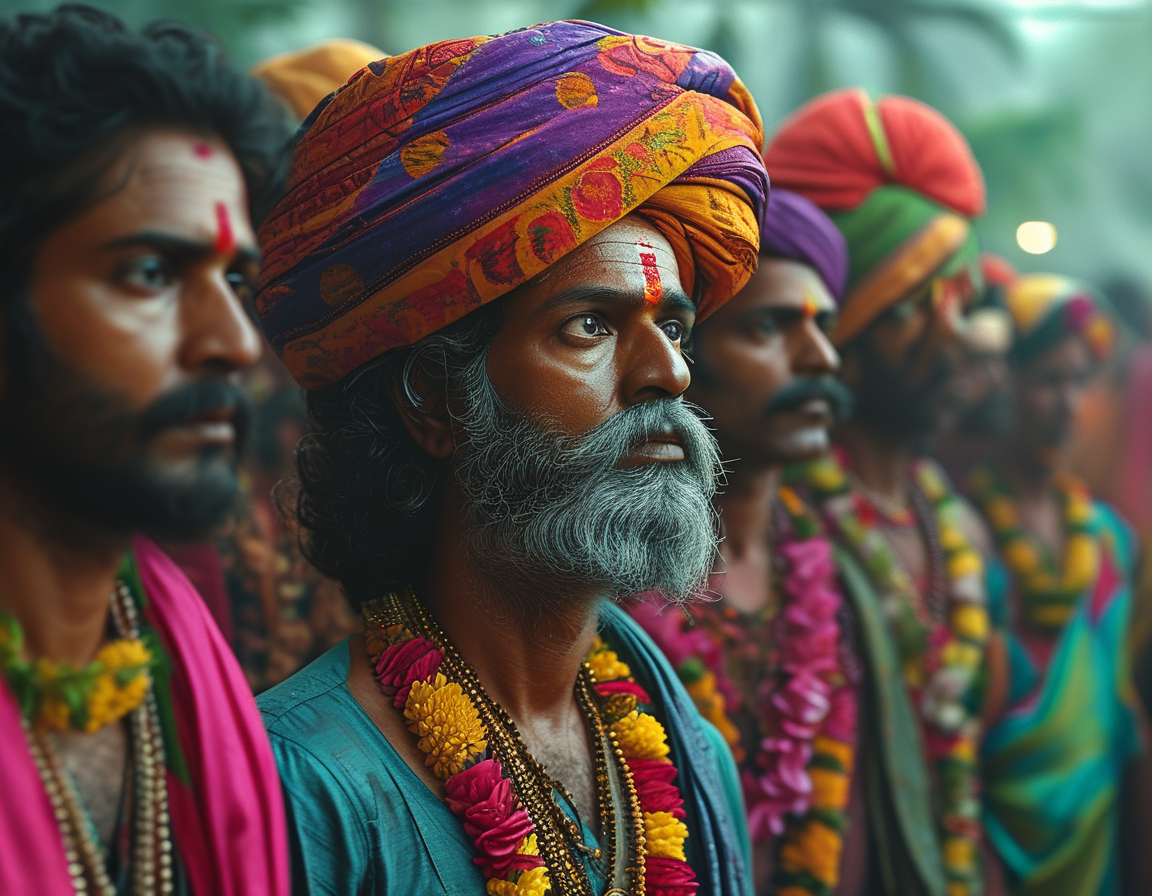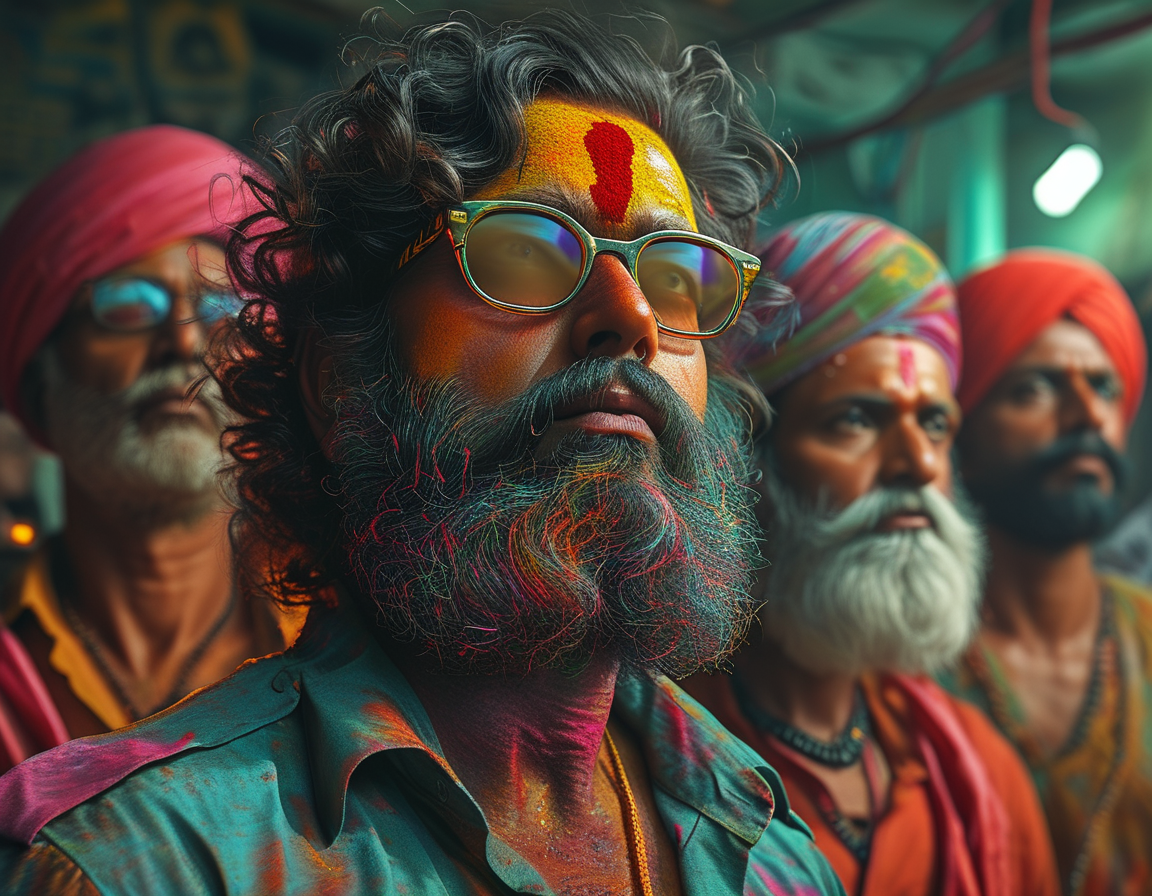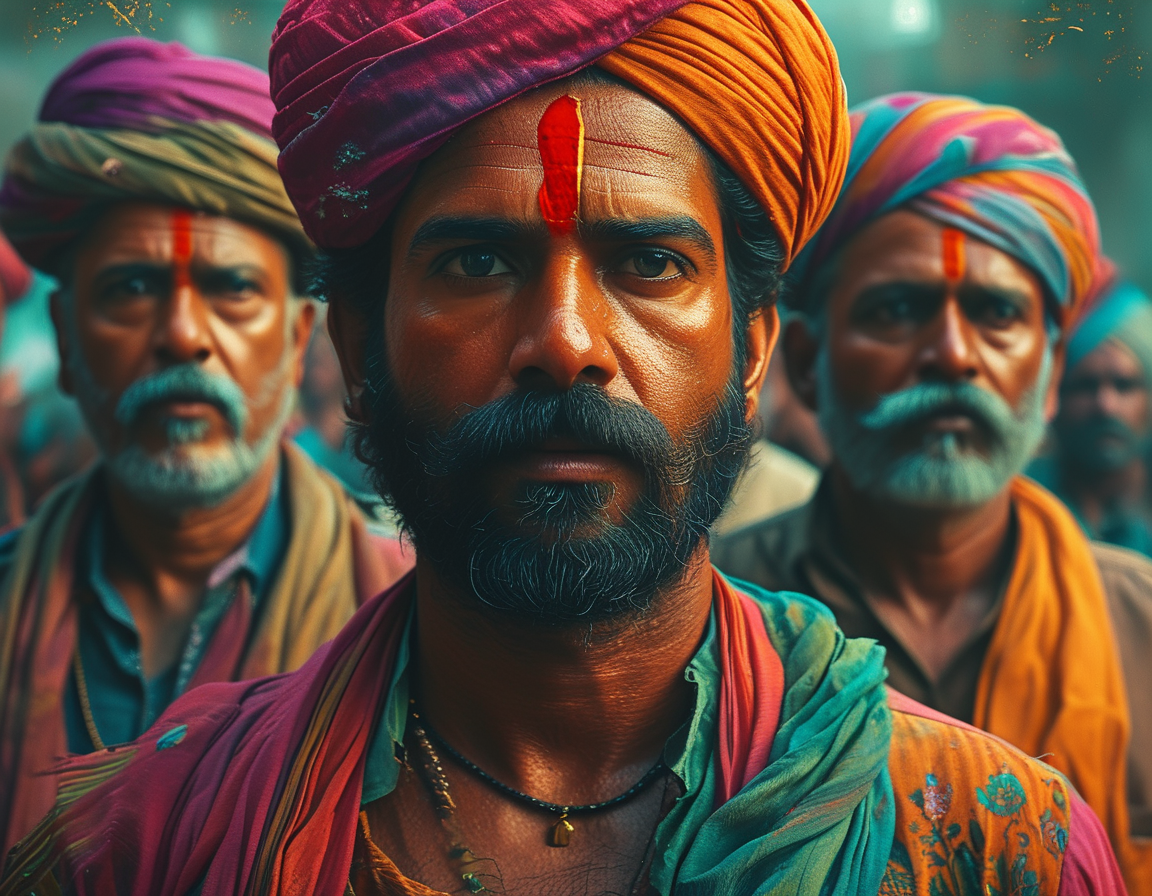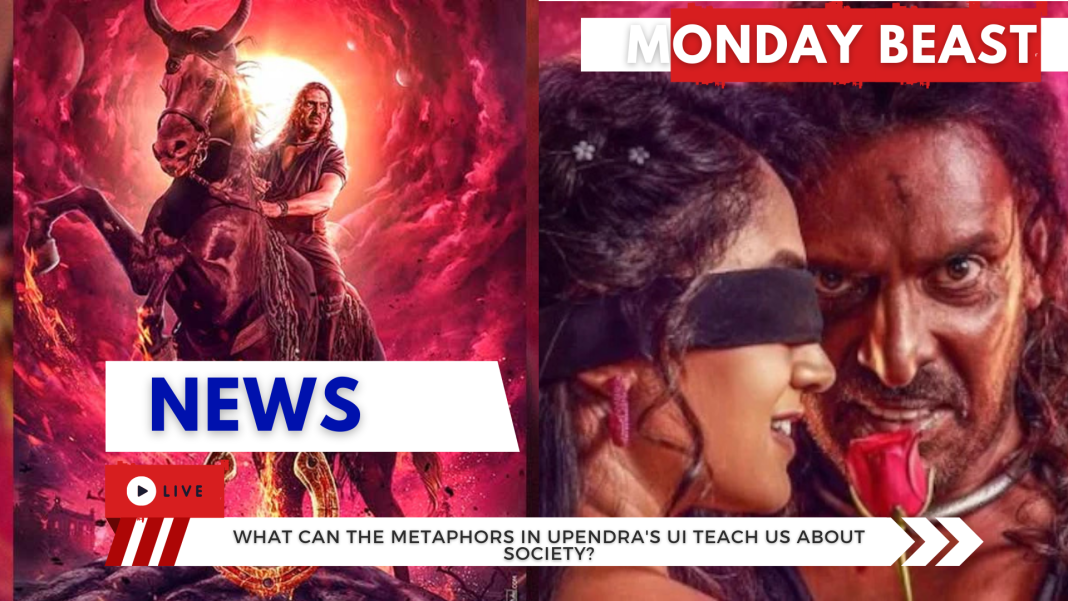In a fast-paced world, how often do we pause to reflect? We face societal challenges daily. Sometimes, we need a nudge. A film like Upendra’s ‘UI’ can provide that. It prompts questions: What do we learn from our experiences? What mirrors do we hold up to society?
Upendra’s ‘UI’ is not just a film—it’s an experience. Set in a vivid, dystopian world, it pushes boundaries. Here, every frame tells a story. We encounter a world where individuals from diverse backgrounds converge. It presents a tapestry of humanity, woven with threads of introspection.

The film, released on December 20, 2024, marks Upendra’s return as a director. After a lengthy hiatus, expectations were sky-high. Would ‘UI’ capture the magic of his previous works? Or would it stumble like so many sequels do? The initial buzz suggested excitement mingled with caution as audiences braced themselves for this visual odyssey.
Begun nearly two years ago, ‘UI’ carries the weight of anticipation. Audiences recall Upendra’s unique storytelling style. His last directorial venture, ‘Uppi 2’, was a resounding success. ‘UI’ had big shoes to fill. Yet, its extravagant visuals and metaphoric depth might just be what viewers needed.
So, what is the central message of ‘UI’? The plot is complex, challenging to summarize without a spoiler. Yet, it’s clear: the themes transcend boundaries of caste, creed, and nationality. In an era filled with division, how does this film promote unity? Do the metaphors he uses resonate with our daily struggles?

Metaphors lie at the heart of ‘UI’. They are not mere wordplay; they’re tools for introspection. Think about it: how often do we ponder our place in society? Upendra’s climate invites us to reflect on our roles. The characters embody various societal issues. They serve as conduits for audience self-reflection.
From the outset, the visuals grab attention. The set design is stunning. Each frame is crafted with meticulous care. The VFX work elevates the experience, transporting viewers into another realm. You feel like you’re part of this world, don’t you? The background music enhances emotional engagement, providing a complete sensory experience.
But let’s talk performances. While Upendra’s commanding presence dominates the narrative, his fellow actors also shine. Reeshma Nanaiah, though having limited screen time, makes her mark. There’s something about supporting actors like Ravishankar and Sadhu Kokila, whose performances resonate. They breathe life into the metaphors being explored, don’t you think?

Yet, as with any artistic work, there are mixed reviews. Some may find the old-school approach of the screenplay a bit dated. Does nostalgia outweigh innovation? Upendra’s commentary, rich with satire, still engages. Audiences can appreciate his unique stance, even amidst critiques.
As a viewer, I left the theater contemplating what I had witnessed. The vivid imagery sparked something in me. It’s this kind of cinema that lingers in the mind. It invites multiple viewings to uncover its layers. Have you ever watched a film only to discover something new upon reflection?
The simplicity of the narrative strikes a beautiful balance. It’s less convoluted than Upendra’s previous works yet profound in its efficacy. This method allows the message to reach broad audiences. Will this clarity help audiences connect deeply with the film’s themes?
As we reflect on the cultural implications, it’s clear Upendra seeks dialogue. He’s not simply presenting ideas; he challenges us to respond. On X, Upendra expressed curiosity about fans dissecting his film. Could his desire for a thoughtful audience be part of his grand design?
Overall, ‘UI’ stands as a testament to the art of storytelling. It’s thought-provoking, visually stunning, and socially relevant. How many films inspire audiences to challenge their perceptions? With the powerful combination of narrative and visual storytelling, Upendra pushes boundaries. I can’t help but wonder: how will this film influence our perspectives on societal matters going forward?
Looking ahead, ‘UI’ will likely spark conversations. Viewers will engage with the multifaceted themes presented. And perhaps, in return, ‘UI’ will aid us in understanding ourselves better. Isn’t that the beauty of cinema? Without a doubt, Upendra’s ‘UI’ stands as a milestone in contemporary cinema.




